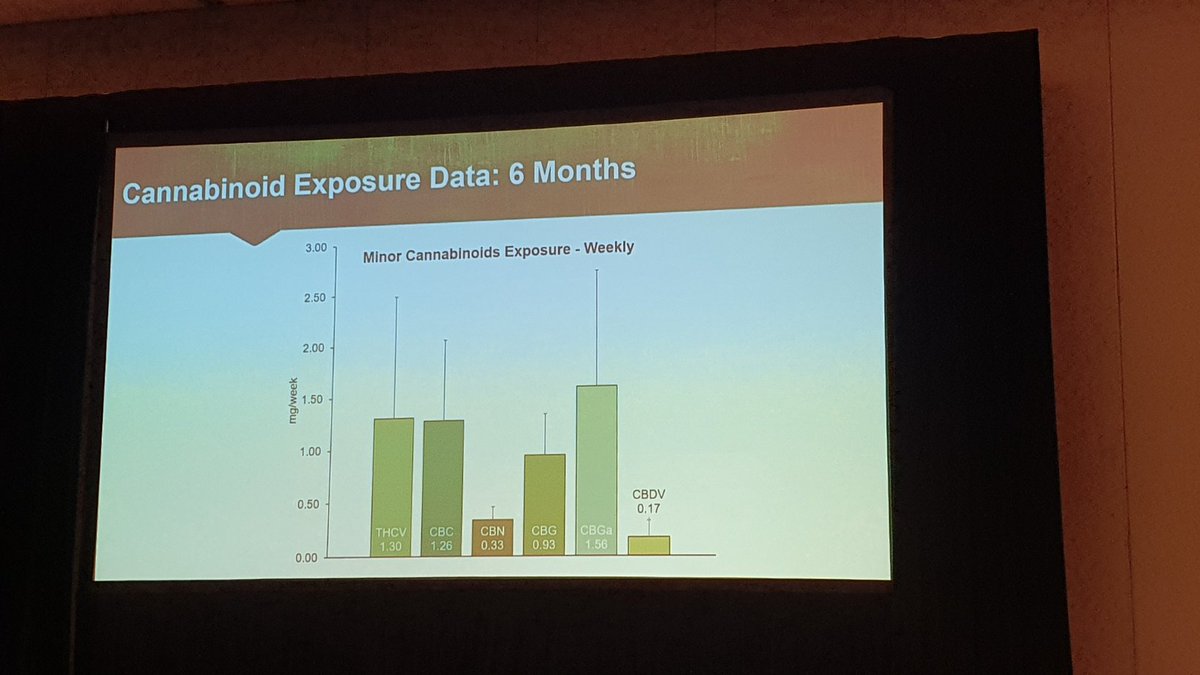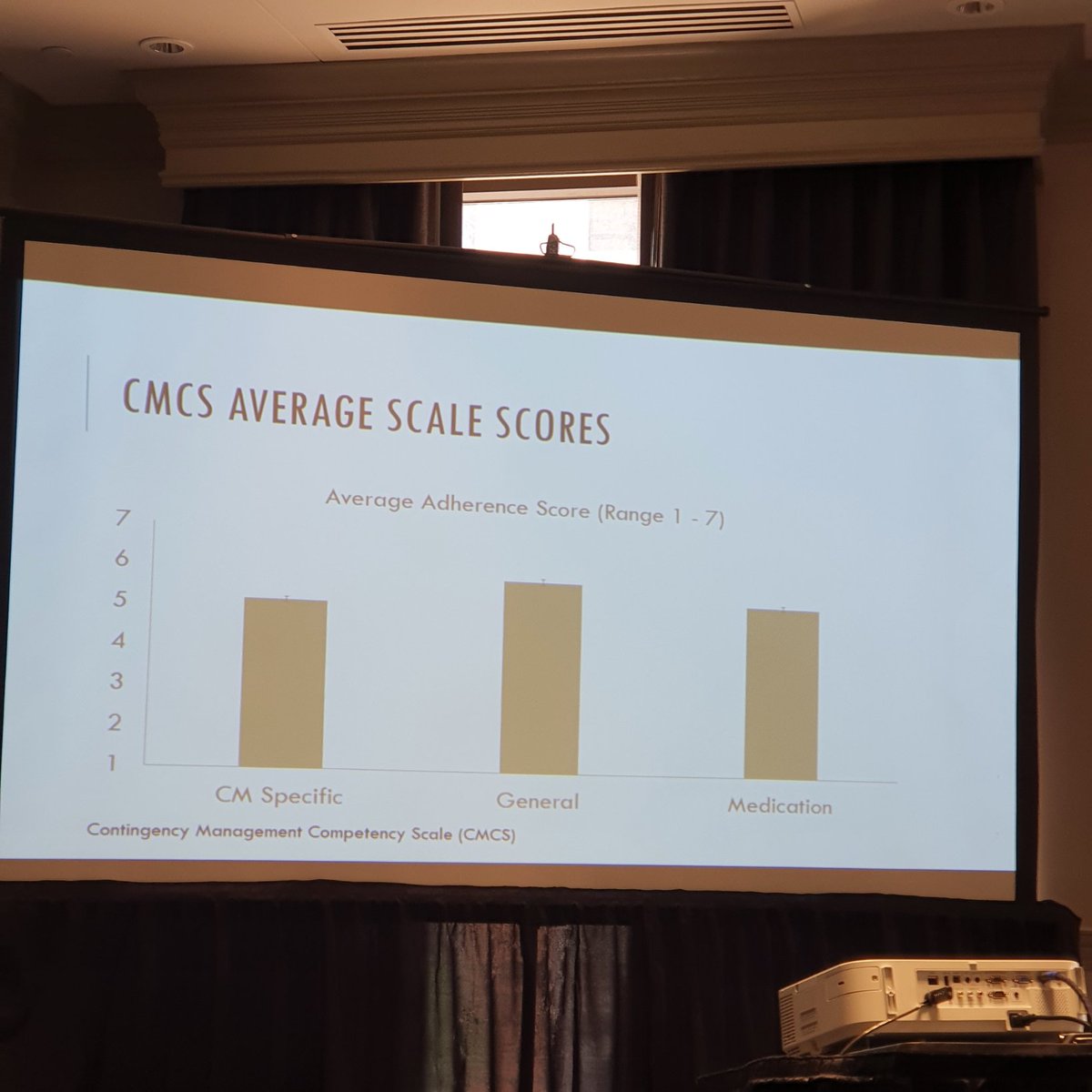Last session for me today at @APSAD40 on prescription opioids, treatment, and prescription drug monitoring programs. First up - a mini-symposium with @PPrathivadi , @LouisaPicco and @Sarah_Haines_ .. lets see if I can pull out a few key findings 1/
2/ First up @PPrathivadi talking about GPs use of PDMP, benefits for informing prescribing but challenges with reluctance to use technology - also check out this super commentary with @Sarah_Haines_ in the @AusJPrimHealth on evaluation considerations
publish.csiro.au/py/PY20296
publish.csiro.au/py/PY20296

3/ Next is @LouisaPicco talking about implementation of prescription monitoring with #pharmacists. Alerts seem to really drive responses (over other clinical risk factors).. are automatic alerts replacing clinical judgement? Conclusion: PDMP should not replace clinical decisions 



4/ @Sarah_Haines_ raises issue of stigma and other potential negative impacts of PDMPs on the consumer - powerful quotes from consumers. This is a critical implementation issue to address to avoid unintended consequences 







5/ Fantastic presentation by @Ria_Hopkins at #apsad40 unpacking some of the challenges consumers are having accessing #opioids for chronic pain - around one in three reported difficulties accessing opioids for pain. Involuntary cessation is a huge concern. 





6/ @DanWinter_AU (University of Sydney) presented on driving on Opioid Agonist Treatment .. around 3 in 10 drive, but that is higher in regional areas. Need for a careful balance with safety without unduly targeting those on treatment 





7/ Isabella Natale (@BarwonHealth) why do 20% of people in OAT decline naloxone? Barriers include assuming it wont 'happen to me', facilitators include the opportunity to save friends lives (empowerment) 



8/ Last but not least, Dr Martyn Lloyd (@AlfredHealth) case studies of injectable buprenorphine during inpatient admissions - conclusions supporting that long acting #buprenorphine has some key advantages, especially during a pandemic! 

• • •
Missing some Tweet in this thread? You can try to
force a refresh






















